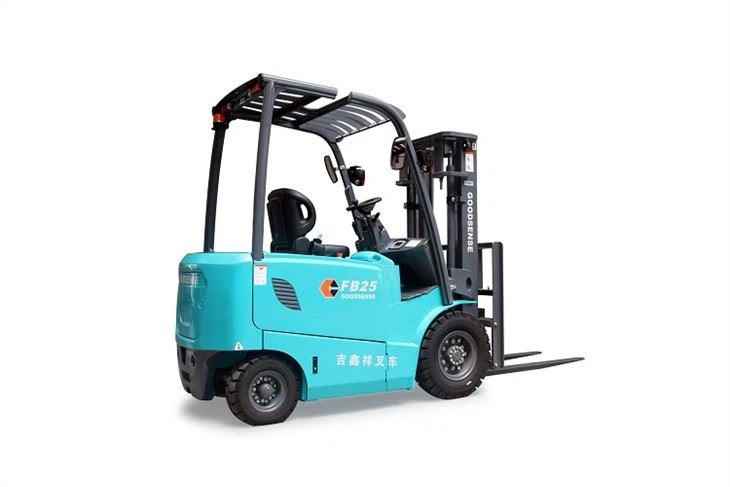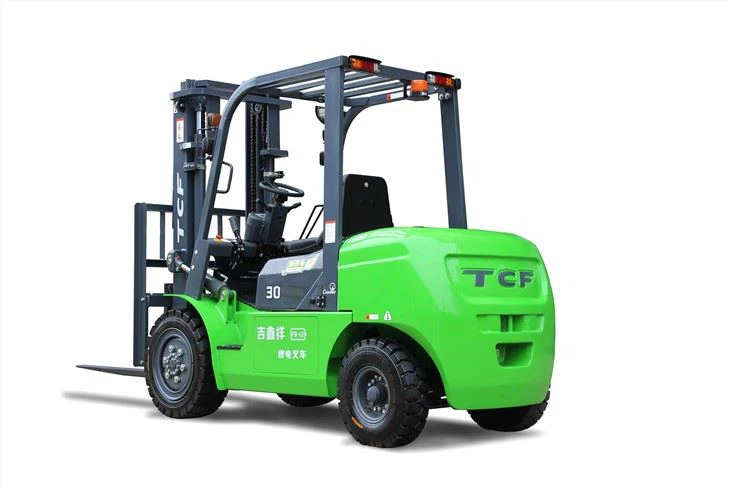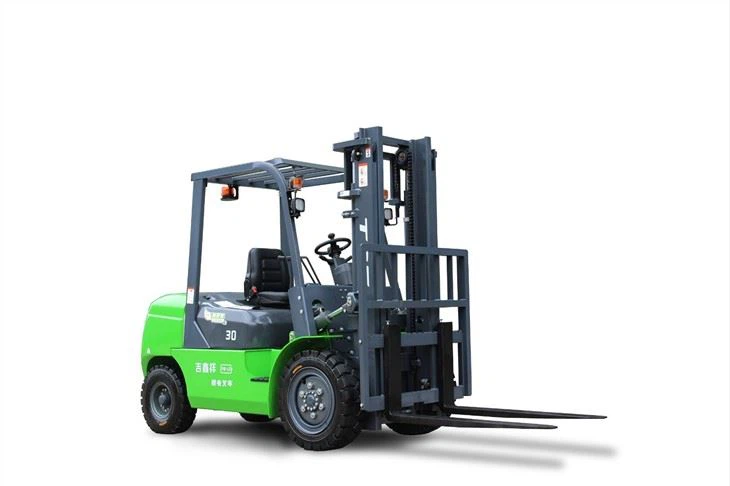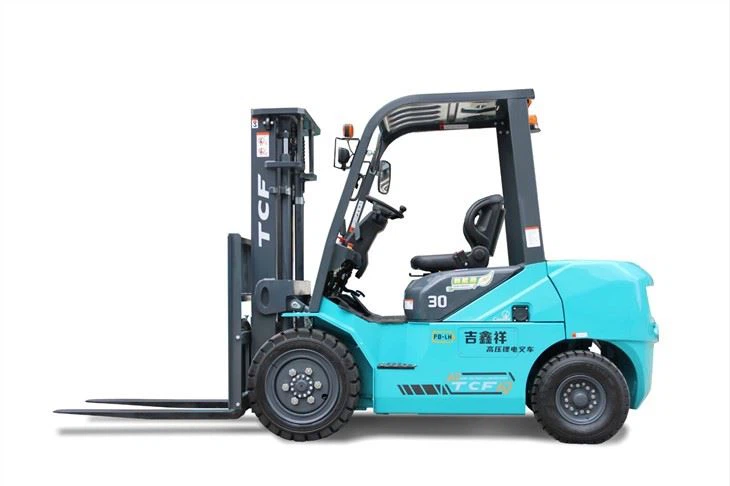
Electric Forklift
GOODSENSE FORKLIFT: World First-class Electric Forklift Manufacturer
Discover the efficiency and versatility of GOODSENSE electric forklifts. As a global and Chinese leader, we offer a complete range of 1-12t electric counterbalance trucks, providing clean, quiet, and powerful solutions for your indoor operations.
Wide Product Range
GOODSENSE FORKLIFT has a complete product range of materials handling equipment, such as forklift, Warehouse Handling Equipment and Ground Support Equipment.
Strong Customer Support
We have more than 100 sales and service subsidiaries, and over 100 abroad agents, so we can offer strong support to our customers.
Strong Quality
In 2019, we were the TOP10 sales volume and TOP 5 exporter in material handling equipment among China original brand.
Reliable Quality
GOODSENSE FORKLIFT has passed ISO certification and various ECM certifications. Pursuing excellence in quality is our business philosophy.

What is an Electric Forklift?
For indoor and environmentally sensitive operations, GOODSENSE electric forklifts are the perfect choice. Powered by electric motors, they offer a cleaner, quieter, and more economical solution compared to diesel or gasoline forklifts
Advantages of Electric Forklift

Zero Emissions
Meet strict emissions regulations and enhance your indoor air quality with GOODSENSE electric forklifts. Their zero-emission operation makes them the ideal choice for businesses prioritizing a clean and healthy workplace.

Lower Operating Costs
Invest in long-term savings with GOODSENSE electric forklifts. The lower cost of electricity compared to diesel or gasoline, coupled with reduced maintenance needs due to fewer moving parts, translates to substantial operational savings over time.

Quiet Operation
Experience a quieter workspace with GOODSENSE electric forklifts. Their electric motors operate much more quietly than diesel or gasoline engines, making them perfect for indoor operations where noise reduction is a key priority.
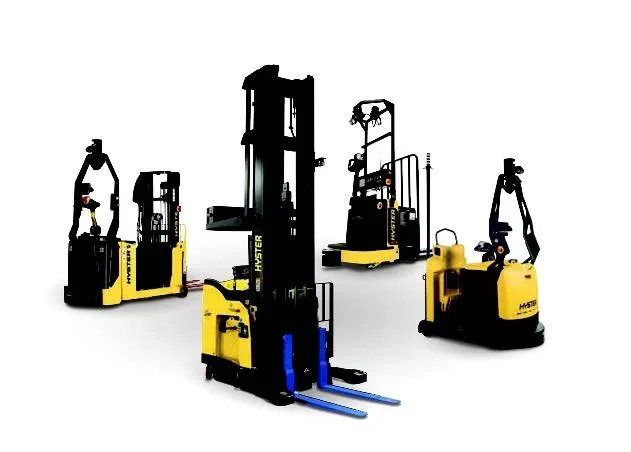
Reduced Maintenance
Enjoy the ease of maintenance with GOODSENSE electric forklifts. Their streamlined design, with fewer parts compared to internal combustion forklifts, means no more oil changes, fuel filters, or exhaust system upkeep, leading to less downtime and more uptime.

Efficiency
GOODSENSE electric forklifts offer superior energy efficiency compared to traditional combustion engine forklifts. Their ability to operate continuously without refueling breaks significantly enhances overall operational efficiency, maximizing productivity.

Longer Lifespan
Enjoy enhanced durability and reduced downtime with GOODSENSE electric forklifts. Their simpler design, minimizing moving parts, contributes to a longer lifespan and reduced wear and tear, ensuring reliable performance over extended periods compared to internal combustion engine forklifts
Key Features Of GOODESENSE Forklift

Comfortable Operation Space
The ergonmic all-round operation space layout of 3 Ton Oil to Electric Lithium Battery Forklift is uptimized to create a good, comfortable and cionvenient driving experience for the operator. Front hydraulic joystick, Sawtooth anti-skid pedals, Wide field of view mast design.
Diesel Forklifts v.s. Electric Forklifts
Understanding the differences between GOODSENSE diesel and electric forklifts is crucial for optimal material handling. Diesel forklifts are powerful and suited for outdoor heavy lifting, but come with higher maintenance and fuel costs. Electric forklifts are environmentally friendly and efficient for indoor use, offering lower operating costs but a higher initial investment.
Overall, diesel forklifts are robust and powerful, while electric forklifts are quieter, cleaner, and more energy-efficient.

10 Maintenance Tips For Electric Forklifts
1. Battery Care:
Regularly monitor battery charge levels and recharge before they are completely drained.
2. Battery Maintenance:
Follow manufacturer recommendations, including watering (if applicable), cleaning terminals, and ensuring proper ventilation during charging.
3. Battery Inspection:
Regularly inspect batteries for signs of damage, corrosion, or leaks.
4. Brake System Inspection:
Inspect brake pads and discs regularly for wear and tear. Adjust brakes as necessary.
5. Fluid Levels:
Check hydraulic fluid levels regularly and top up as needed. Monitor coolant levels in electric motors if applicable.
6. Charging Procedures:
Use dedicated charging stations, avoid overcharging or undercharging, and follow manufacturer guidelines for charging cycles.
7. Electrical Component Inspection:
Regularly inspect cables, connectors, and plugs for wear, damage, or signs of overheating.
8. Tire Maintenance:
Check tire pressure regularly to ensure optimal traction and efficiency.
9. Operator Training:
Train operators on proper handling techniques and encourage them to report any issues or unusual sounds immediately.
10. Scheduled Maintenance:
Follow a scheduled maintenance program outlined by the manufacturer, including regular inspections, lubrication, and replacing worn components.









